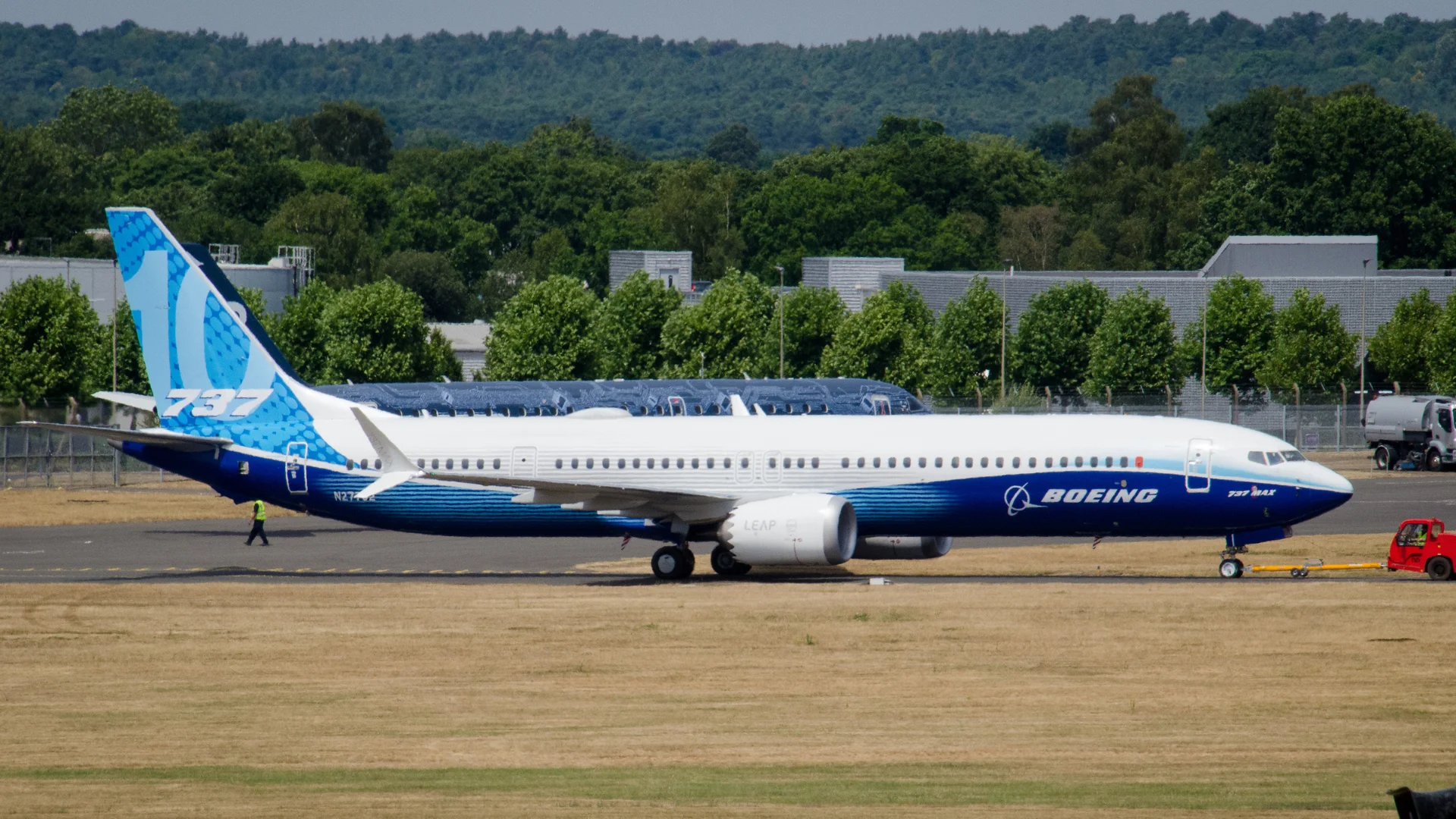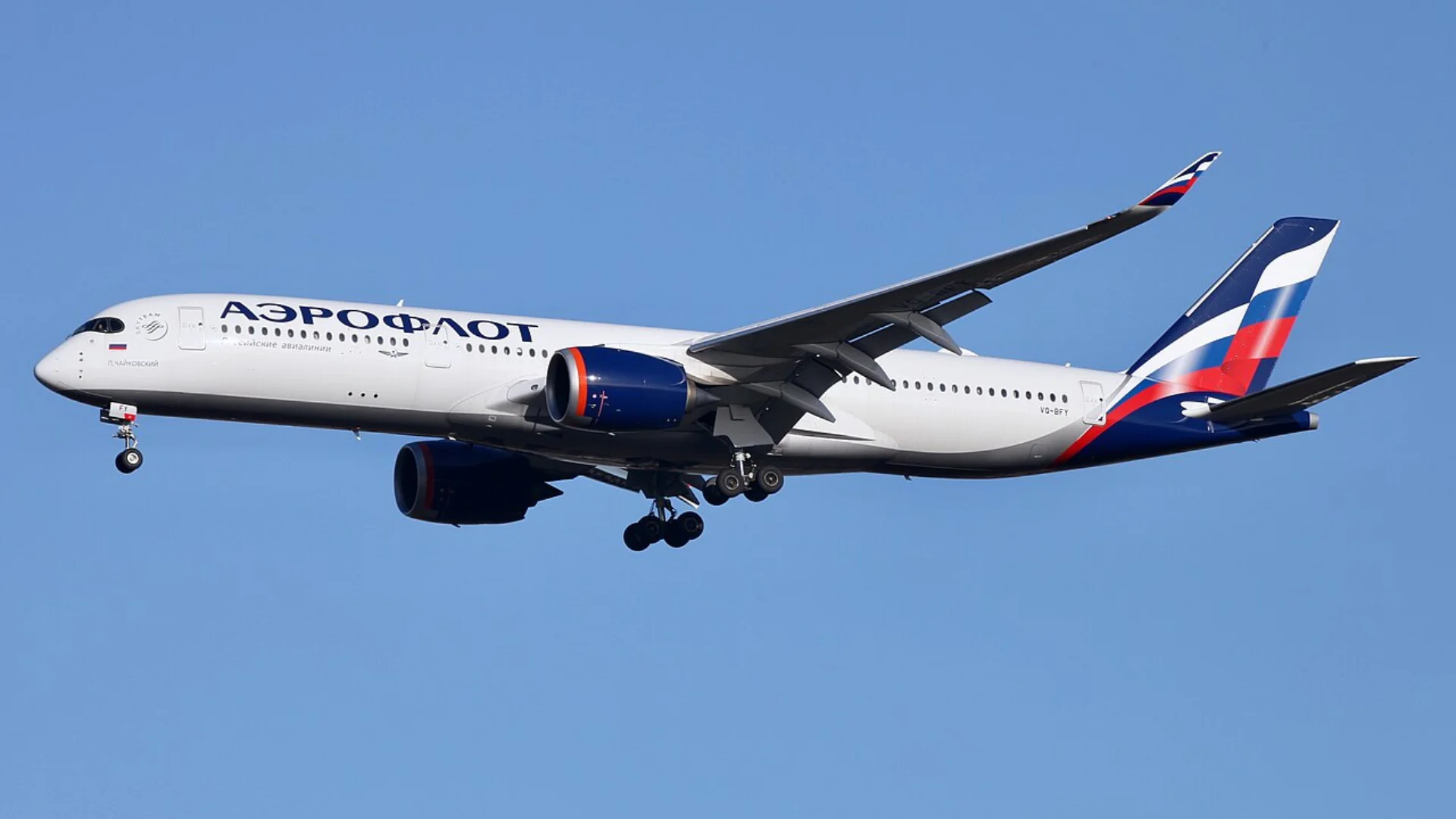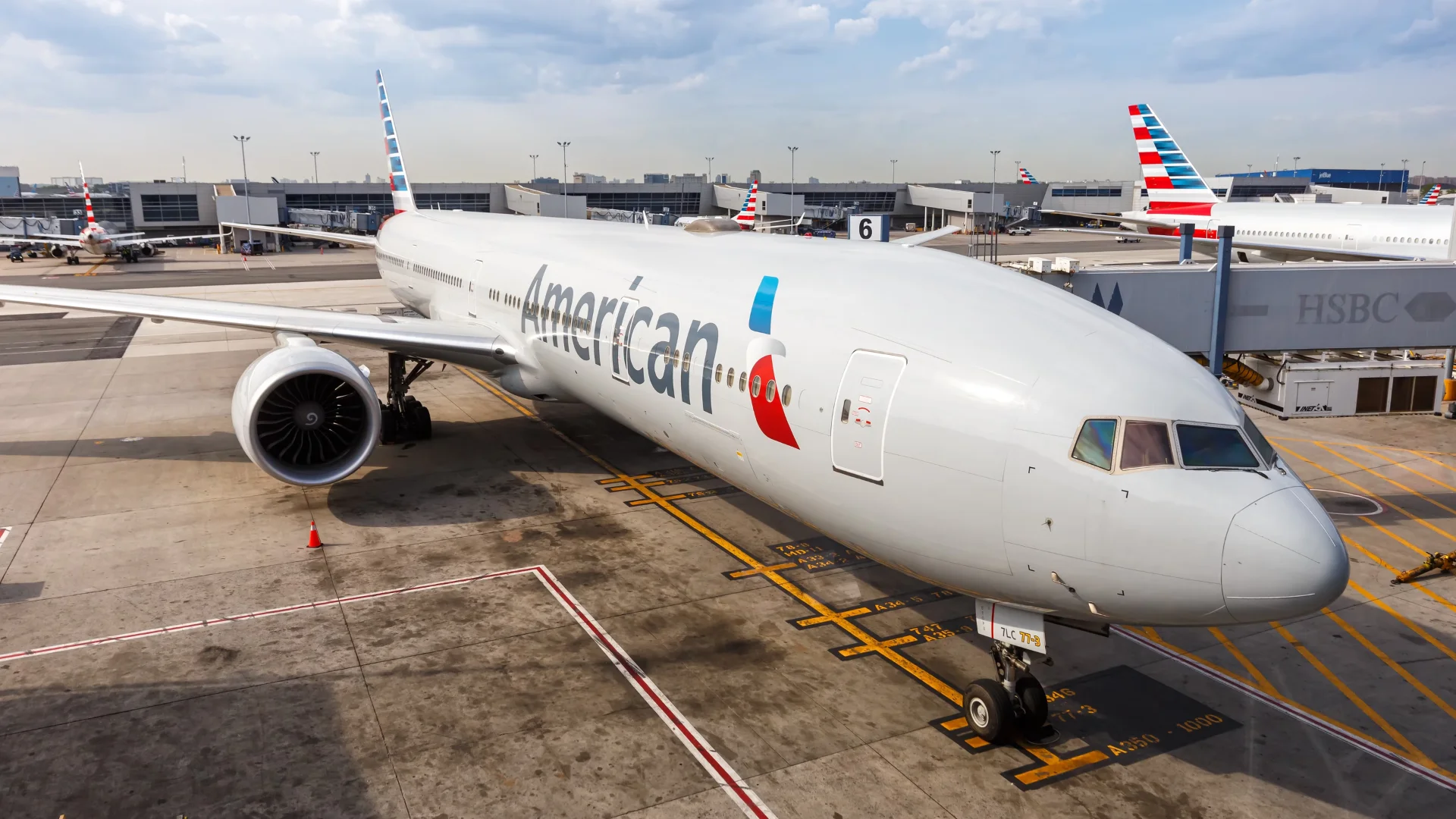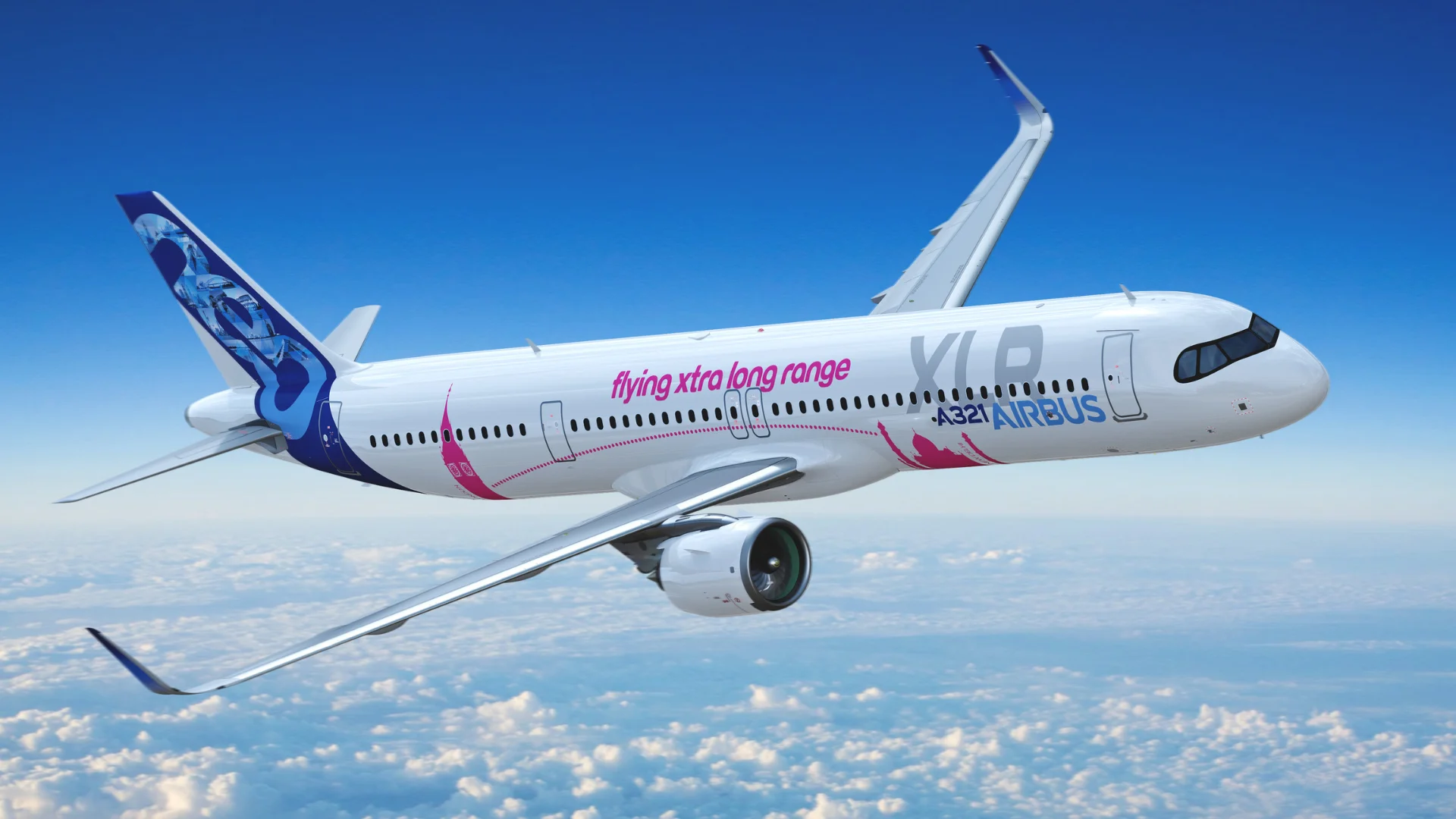NASA has announced a delay in its Artemis II and III missions due to safety concerns related to the Orion crew capsule's heat shield. Initially, the Artemis II test flight was planned for November 2024, but it is now rescheduled for April 2026. The Artemis III lunar landing mission is postponed to mid-2027.
Bill Nelson, NASA Administrator, confirmed that the delays stem from an investigation into Orion's heat shield conducted by Lockheed Martin. This investigation pinpointed the cause of issues encountered during the Artemis I flight in November 2022 when there was an "unexpected loss" of material from the heat shield made of Avcoat during re-entry. Nelson stated, "Assuming the SpaceX lander is ready, we plan to launch Artemis III in mid-2027. That will be well ahead of the Chinese government’s announced intention to land on the lunar surface by 2030."
The two-year-long investigation concluded with a focus on ensuring that subsequent test flights are executed correctly. Nelson highlighted this importance as essential for success.
 Alerts Sign-up
Alerts Sign-up











